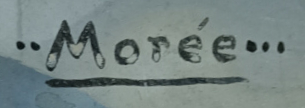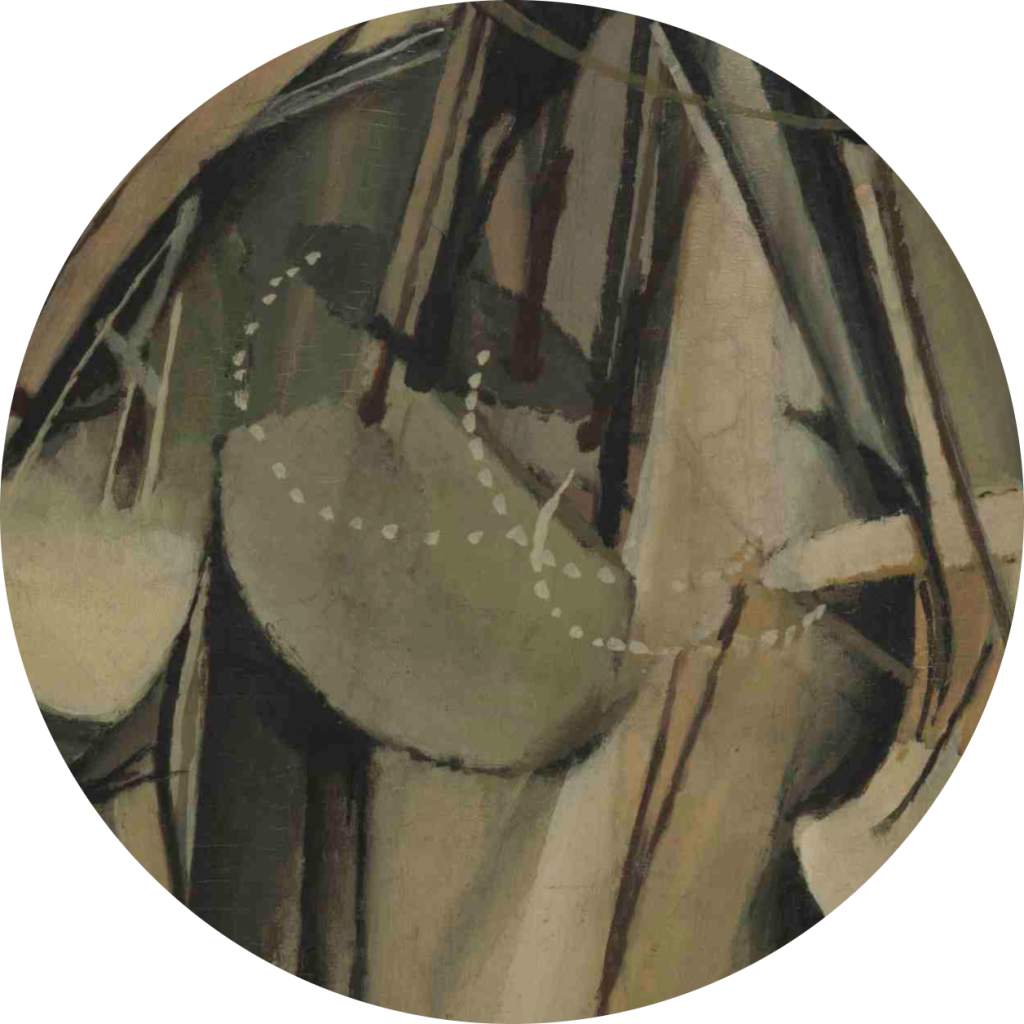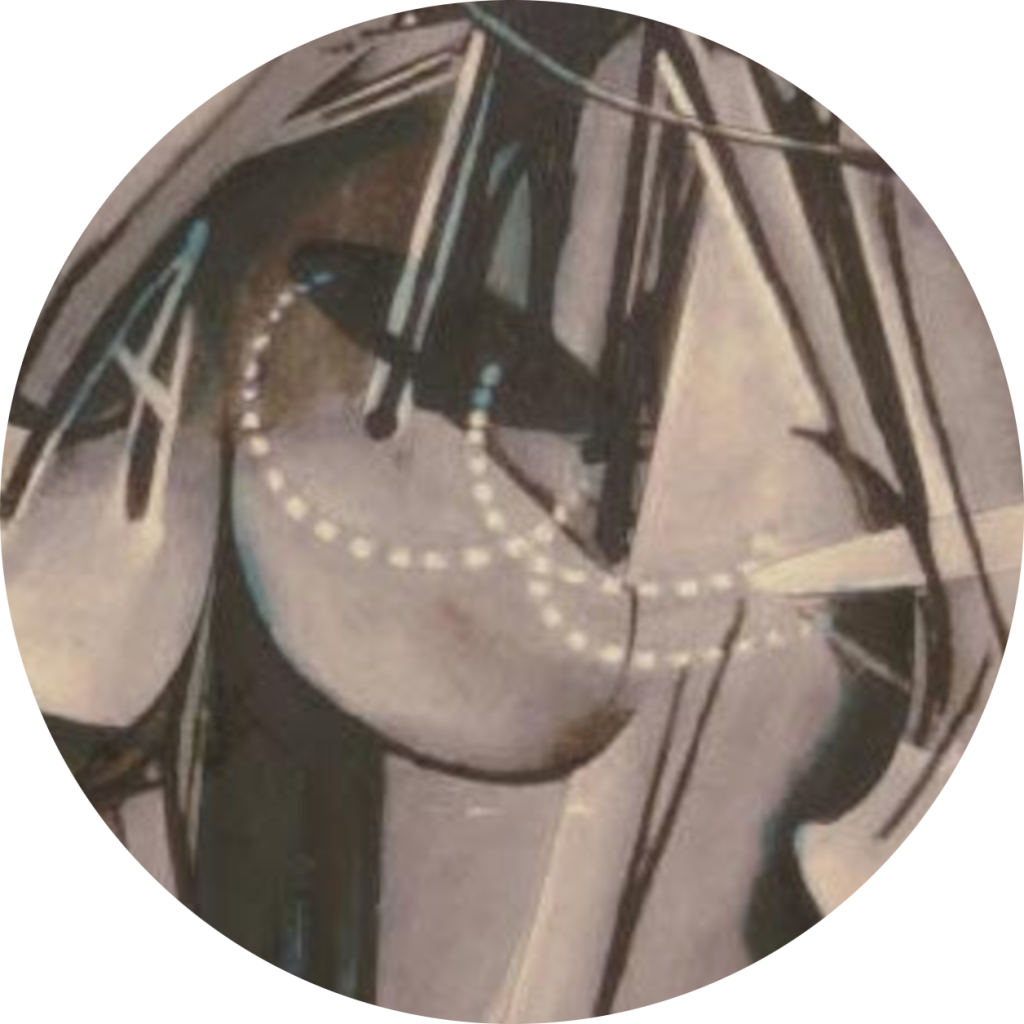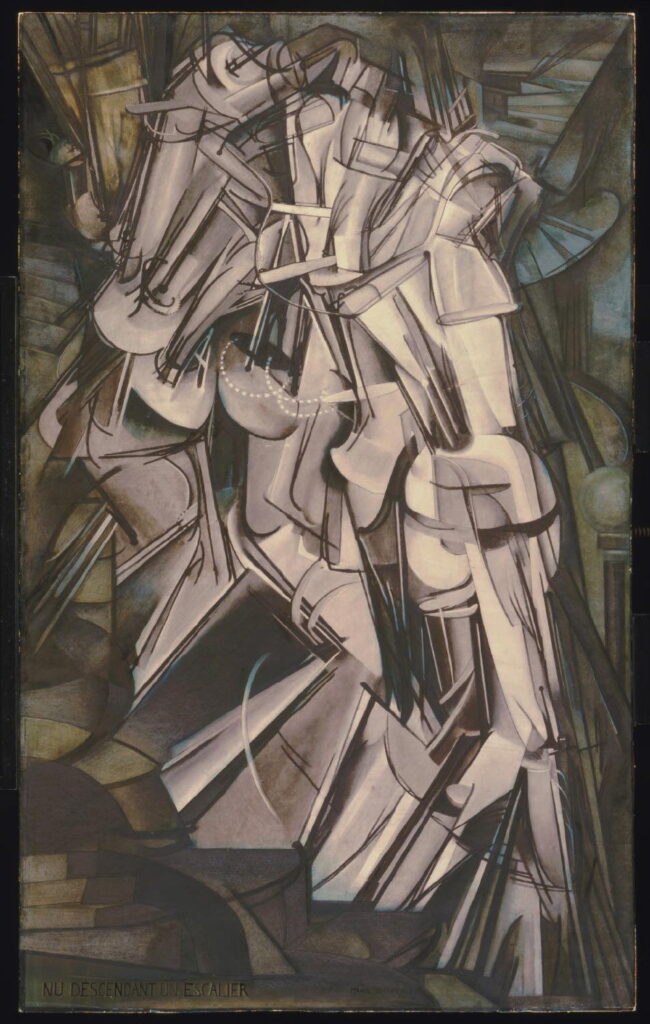An Exploration of The Meaning of ..Dots…




You may have noticed that one name keeps surfacing: Marcel Duchamp.
One small but persistent mystery in Morée is the signature—two dots before “Morée,” and three after. An odd bit of punctuation. But in Duchamp’s world, small details often carry meaning. These dots may be pointing somewhere specific.
The clearest link? Nude Descending a Staircase No. 2 and No. 3.
No. 3, painted in 1916 for the Arensberg’s, is mostly a replica of No. 2—but with one
major difference—the pearls. In No. 3, they’re rendered with striking clarity. Each pearl
is distinct, delicate, unmistakably feminine. It’s possible the Arensberg’s requested this refinement. Duchamp gave them what they asked for—but by then, it was already
at odds with his evolving ideals.
By 1916, Duchamp was increasingly immersed in Dada’s iconoclastic thinking.
The polished elegance of the pearls, with their overtones of fashion and femininity, ran counter to his growing interest in chance, irony, and anti-aesthetic gestures. It’s not hard to imagine that painting them in such refined detail may have felt, to Duchamp, like a compromise—or even a provocation.Around the same time, a second shift occurred. Nude No. 3 was highly unusual, in that it was painted on photographic paper. Upon close examination conservators found that the painting may have been chemically altered by accident: a drop of alcohol landing on a blue ink wash, causing the pigment to bloom and lift—an early example of what we are now calling the Veil Water effect.
Together, these moments—a forced refinement and an accidental drip—
may have sparked a new idea.
In Morée, the pearls return, but now they’re buried. Obscured. Stained.
The symbol of glamour is no longer celebrated, but mourned. The refinement
once asked for is now undone. The figure is veiled, violated, undone.Nude No. 2 and Nude No. 3 were presented to us so the string of pearls could
reveal their role—as the true instigators of Morée..


